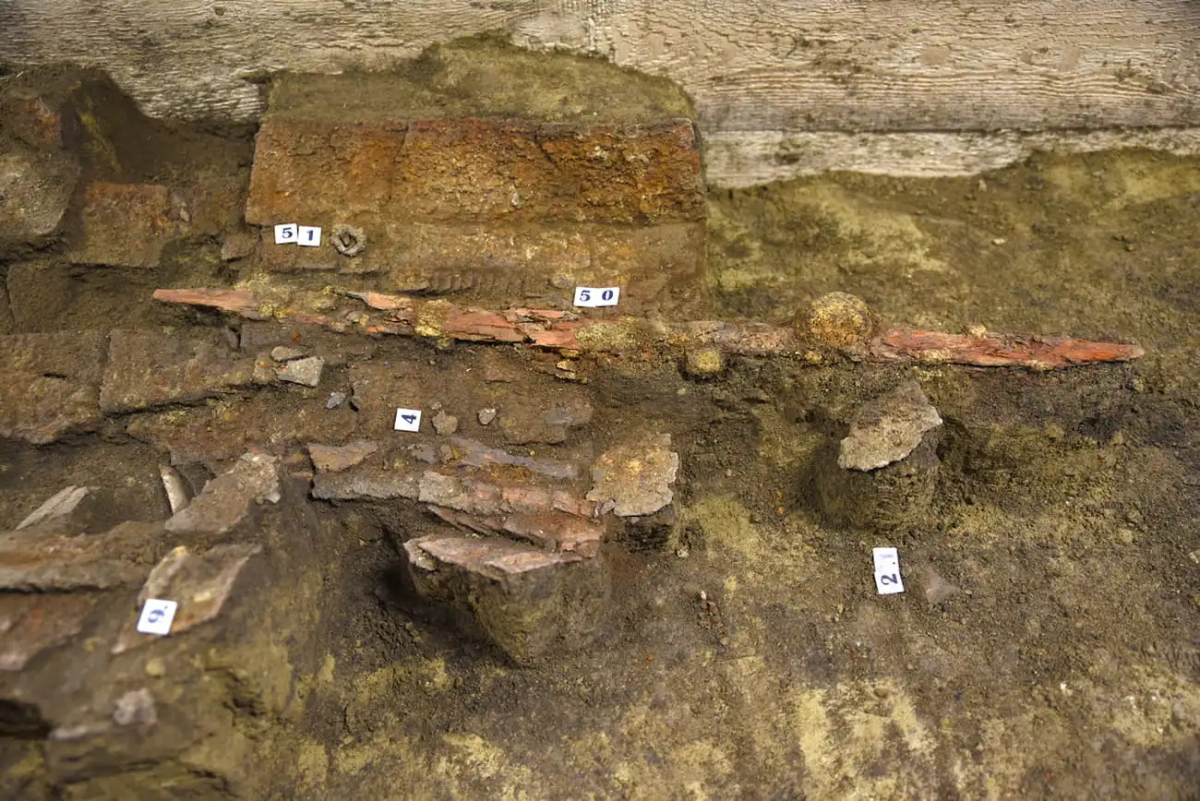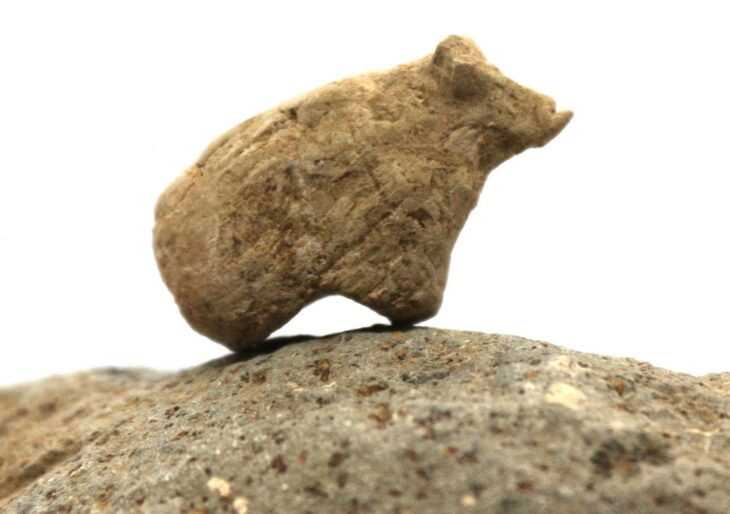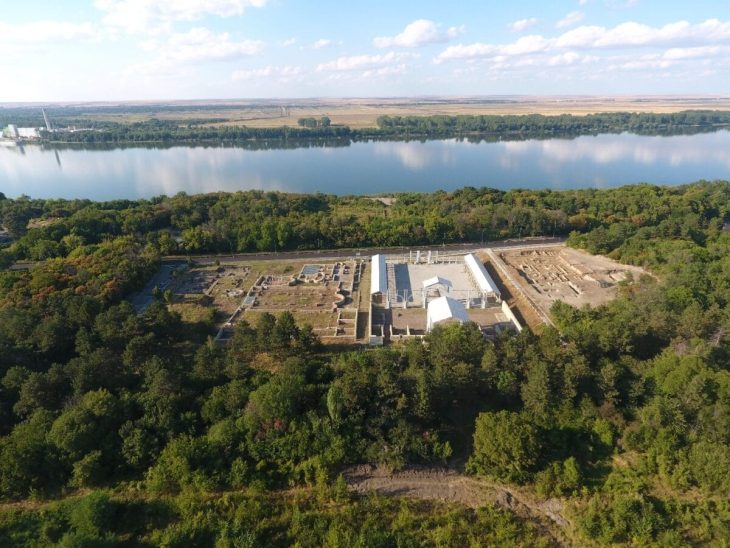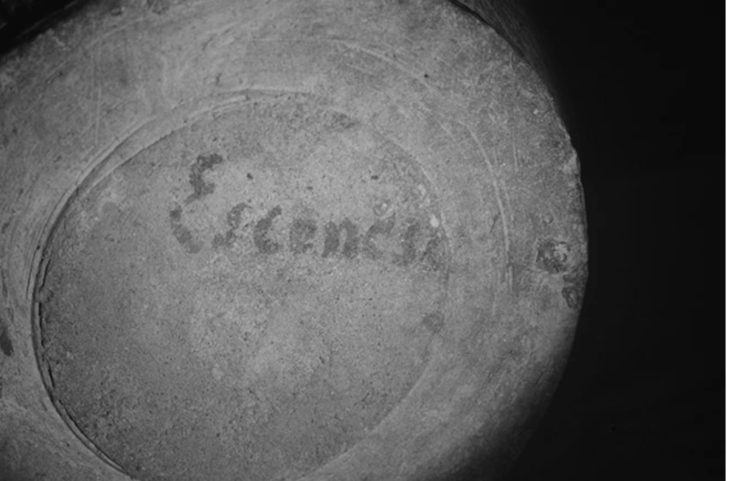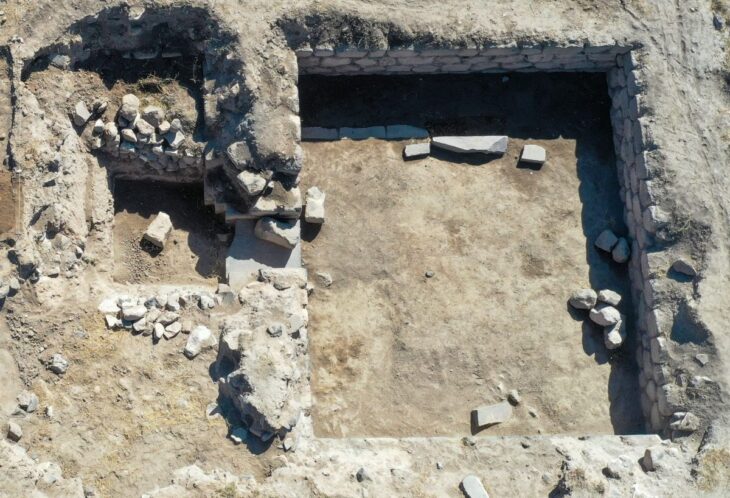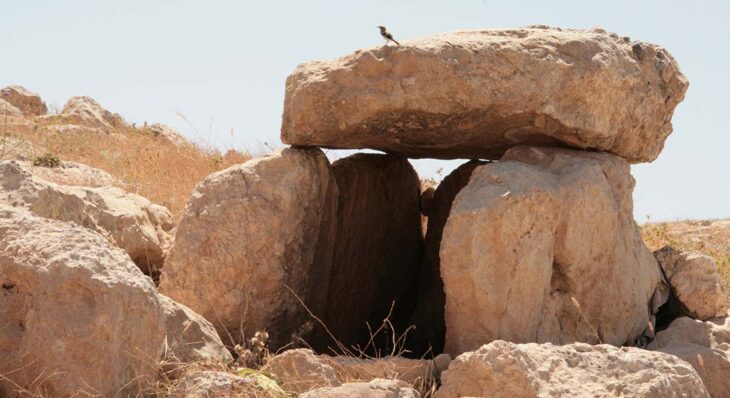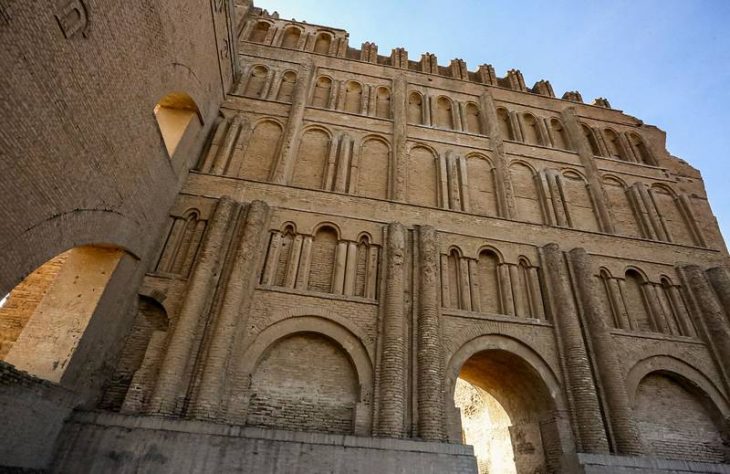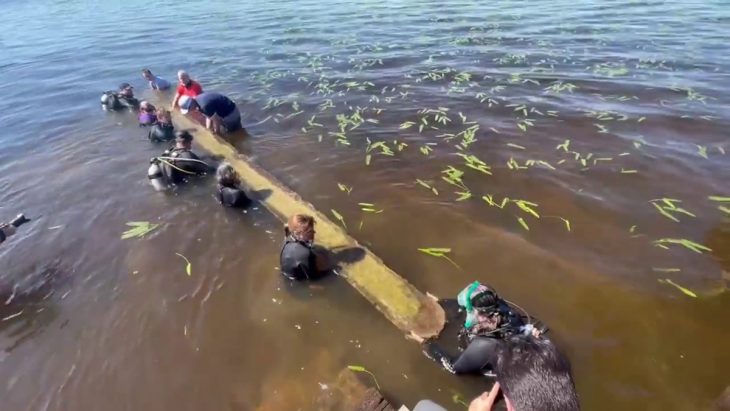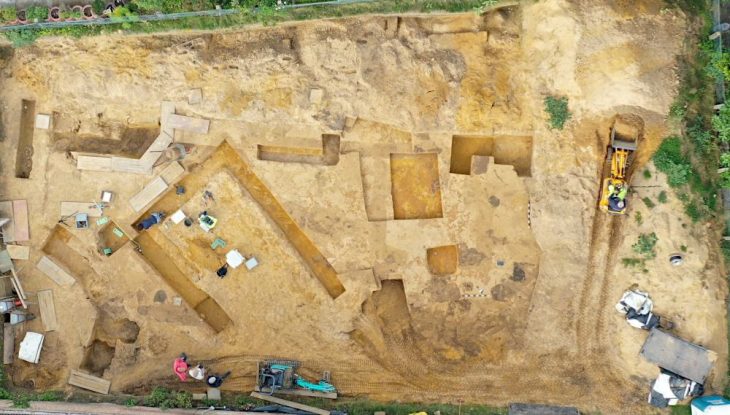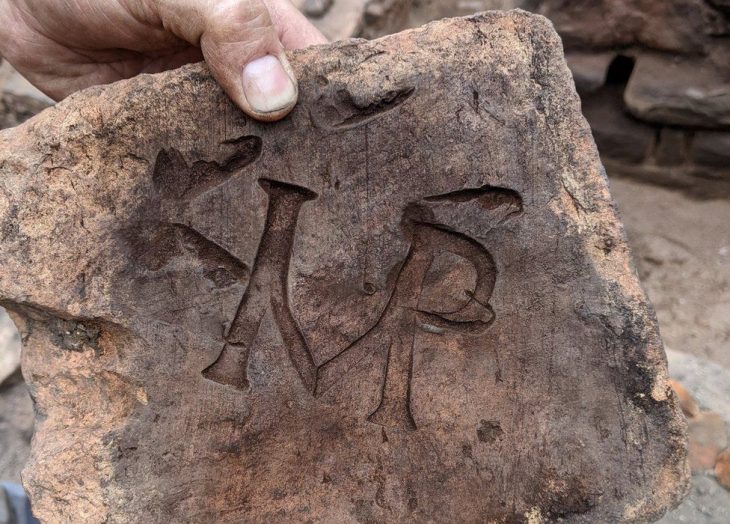Archaeologists of the Déri Museum in Debrecen (eastern Hungary) found the tomb of a fully armed and with a complete set of lamellar armor Avar warrior in November 2023 near Ebes (a village near Debrecen), the museum announced.
The Avars arrived in Europe from the Central Asian steppes in the mid-sixth century CE and dominated much of Central and Eastern Europe for almost 250 years.
Inside the Avar tomb from the 7th century AD, the warrior was buried next to his horse placed underneath. However, the most notable aspect of the find was the remains of the funerary equipment: a full complement of lamellar armor was found on the skeleton’s bones, along with a wooden quiver containing arrows, a sword, and a bow.
It is one of the best-preserved Avar funerary sets found to date in the country. Its research will shed new light on the military gear and funeral customs of this nomadic people that migrated to the Pannonian Plain in the sixth and eighth centuries AD.
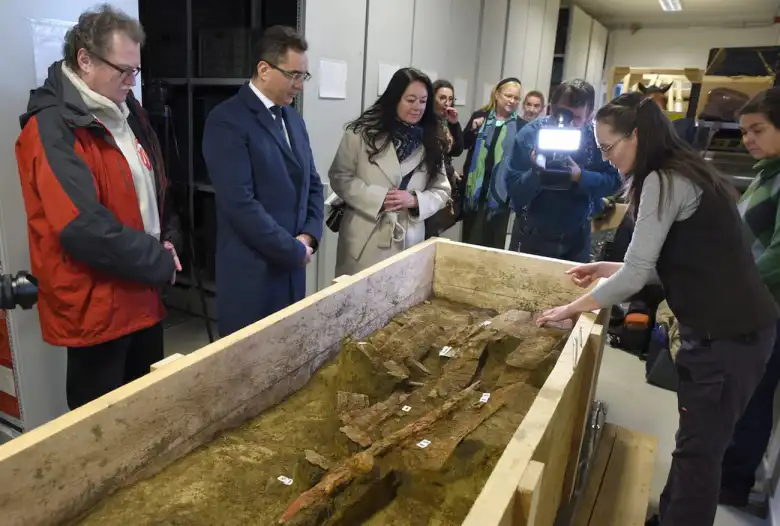
The lamellar armor is only the second complete Avar funerary set in such a well-preserved state. The archaeologists were able to extract the entire set (excluding the horse bones) in a single block.
📣 Our WhatsApp channel is now LIVE! Stay up-to-date with the latest news and updates, just click here to follow us on WhatsApp and never miss a thing!!
Avar heavy cavalry carried lamellar armor as a vital piece of gear. This kind of armor is typically found in graves in small fragments, some of which have been stitched together. It is made up of hundreds of interlocking rectangular plates, and this type of armor was widely used in Eastern Europe and Asia.
The 7th-century warrior was given the name “Rufus” by experts since the discovery was made on November 20, Rufus Day.
This discovery completely rewrites the region’s Avar history in the Early Middle Ages, highlighting Debrecen’s importance as a hub for archaeological research in Hungary at the time.
Cover Photo: The remains of the Avar warrior with his armor and equipment. Déri Múzeum

